28 August 2020
How and why does innovation happen in public services? Generating more research and understanding of this question was a key objective for Y Lab in delivering Innovate to Save. Research Fellow, Wendy Hardyman, shares some of what we’ve found out.
Evaluating a programme
The evaluation of Innovate to Save, a programme of blended finance and support, provides a unique opportunity to follow the development of some of the best new ideas emerging from public services in Wales, and to explore how innovation funds function and support new ideas, for whom and how.
This blog post outlines some of our findings to date from the first two versions of Innovate to Save. The evaluation is ongoing and we hope that sharing our thoughts at this stage will be useful to those those who may wish to fund, design or deliver a similar innovation programme or scheme or those considering participating in I2S or a similar programme.
Innovate to Save offers public service organisations in Wales the opportunity to secure blended funding to prototype and test an innovation project (grant funding), followed by the opportunity to implement the project at scale (interest free-loan). In addition to these forms of blended finance, tailored non-financial support is also offered to project teams which might include financial modelling, stakeholder mapping and expert help with research and data collection. Projects teams participating in the Innovate to Save programme are also required to attend workshops and training days to assist with the development of their innovation projects and preparation of research reports and business plans (should they wish to apply for a loan). Ongoing support for participating project teams is also provided through regular contact with the I2S programme delivery team.
The Innovate to Save programme has three phases.
First, the programme is publicised and engagement begins, second teams are supported to research and develop their ideas, and finally successful projects are implemented at scale and evaluated. Although the evaluation of I2S spans all three of these phases, only the first two phases have been evaluated so far, as phase three is still ongoing. We have used a mixed-methods approach to evaluate the programme, which has included collecting quantitative data from programme participants through e-surveys (at various point from baseline to the end), as well as qualitative data from semi-structured interviews.
What have we learned so far from delivering the I2S programme?
Running a programme like Innovate to Save requires flexibility and the capacity to iterate the design and delivery whilst it is underway. This extends to the design of the evaluation which needs to be responsive to any iterations.
Following feedback and evaluation from running I2S with the first cohort of participants a number of changes were introduced for the second cohort. These were:
- a different style of awareness-raising and engagement events
- a longer more flexible R&D phase;
- an increase in the level of funding available for larger projects; more intensive support with financial modelling
- greater clarity for programme participants about the amount of time and resources needed.
Through ongoing evaluation, we have been able to generate key findings about barriers and facilitators to innovation, such as the relationship between the programme team and the project teams and innovation ’training’ and its effect on mindsets.
What have we found to be the main barriers and facilitators to innovation?
Permission and buy-in
Senior management buy-in and the availability of time are both the primary barriers as well as key facilitators that participating project teams experienced when undertaking their innovation projects. Despite assurances of support at the outset, senior management buy-in did not always materialise or was insufficiently committed. Similarly, even when project time was ‘bought-out’ this did not always translate into ring-fenced project time. These are important aspects that require addressing and evidencing clearly through written support prior to the funding approval process. Additional challenges related to institutional culture, in terms of fear of failure and risk-aversion.
Relationships
Beyond the technical aspects of the programme, the interactions between the programme teams and project teams are also important. Close relationships and trust between the programme and project teams were a major positive in motivating and sustaining the process. The demands of participating in the programme can be mitigated by the feeling of sharing goals and by the provision of external expertise to the project teams. Additionally participation in an innovation programme can elevate the legitimacy, or kudos of the project and potentially facilitate the process of undertaking the innovation.
Innovation training and mindset
The experience of participating in an innovation programme such as I2S can change the way participants in the programme think and talk about enacting innovation. In general, people felt confident they could innovate further because they had been given the tools and confidence to assess, experiment, argue their case and conduct projects in a way they would have been unable to prior to starting the programme. Aspects of the innovation process, such as knowledge and skills exchange, are important outcomes of programme participation. Although it is difficult to measure the impact of these processes in the short term, there is potential for the future application of an innovation mindset and new knowledge and skills to generate value or benefit for individual practitioners, public service organisations and the members of the communities they serve.
